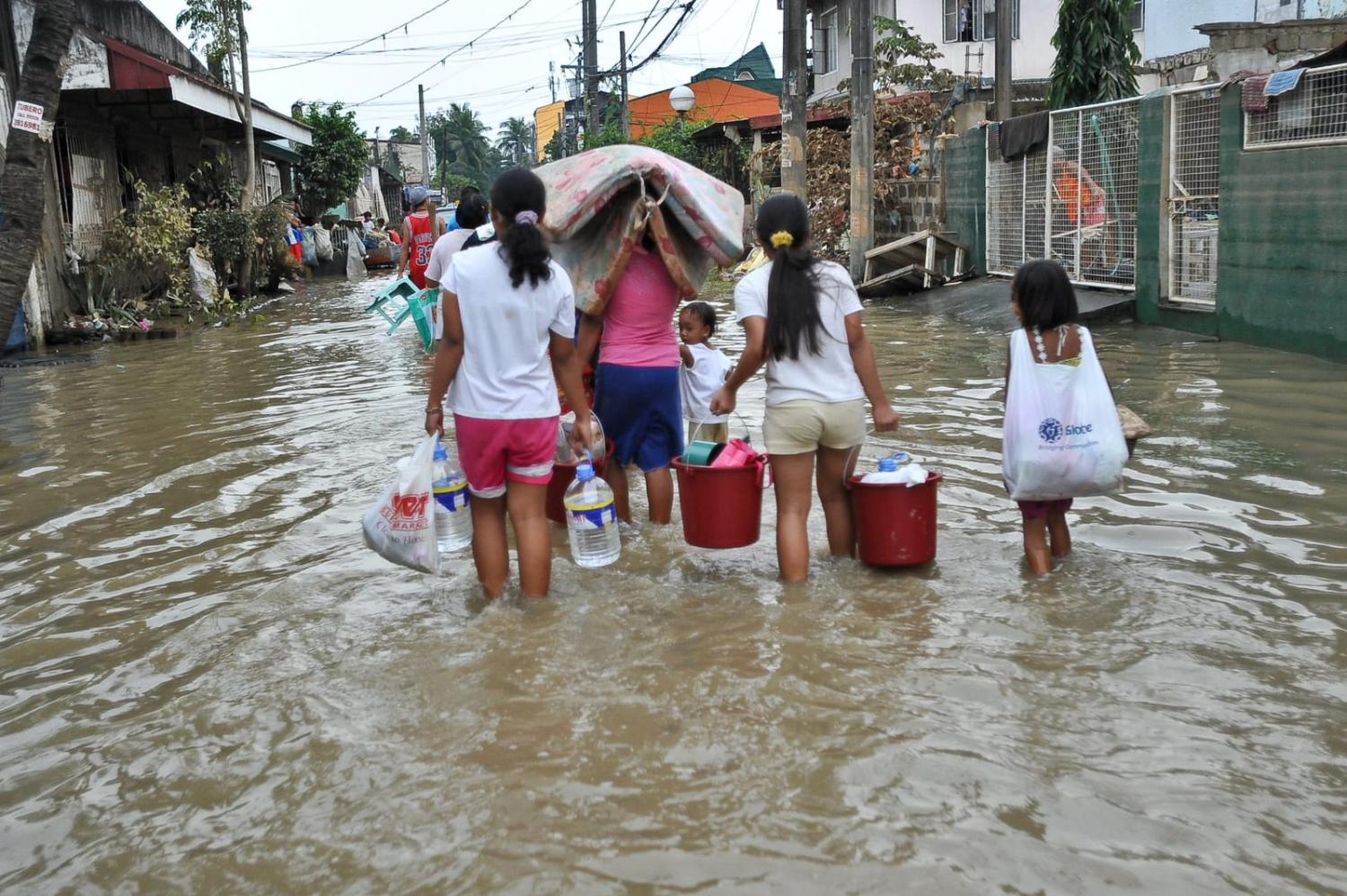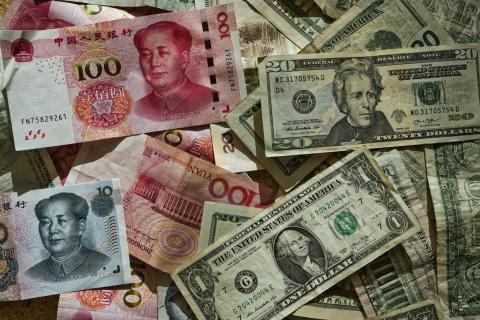Climate change and debt present a toxic mix for many of the world’s most vulnerable developing countries. Disasters are becoming more frequent and severe. Yet many of the most climate vulnerable countries also face substantial debt problems. In some cases, this reflects excessive borrowing. In many others, it is more a reflection of their innate vulnerability – with exposure to shocks such as cyclones or earthquakes leaving them unable to sustainably manage levels of debt that other countries might find relatively manageable.
When disasters strike, continuing to make debt repayments is extremely difficult. Revenue and foreign exchange income dries up and whatever is available would be much better spent on relief, recovery and rebuilding.
One promising idea to address this problem is to automatically suspend debt payments on a temporary basis, say two years, in the wake of major disasters or other shocks beyond a country’s control (such as a pandemic). So far, there are only a few examples of such debt suspension clauses being applied, in Bahamas, Barbados and Grenada. However, the idea is gaining momentum, with Barbados in particular pushing this as part of its Bridgetown Initiative for reform of the global financial architecture.
Getting private creditors on board will likely continue to be difficult. The logical place to start therefore is with official sector lenders. Notably, several including the United Kingdom, the United States, France and the World Bank agreed earlier this year to begin integrating such debt clauses into their future loans while encouraging other official creditors to do likewise.
There is a strong case for more official creditors to integrate debt suspension clauses into their lending to the most climate vulnerable countries. Although a seemingly small tweak, doing so offers a very useful way of hardwiring fiscal relief into the international financial architecture, thereby making the whole system both safer and fairer. As the chart shows, pausing debt service payments after destabilising shocks could make a significant difference in many of the world’s most vulnerable countries – such as the Pacific Islands, other highly aid dependent small island states, and African countries – where repayments on multilateral and bilateral loans are large and eat up a considerable portion of government budgets.
Much of the debt service burden is owed to China, which would likely be reluctant to introduce debt suspension clauses into its lending. Nonetheless, debt service payments to multilateral and other bilateral creditors are also significant. If other official creditors adopted these clauses more widely, this would not only provide important support to vulnerable countries but also provide a stronger basis to push China to do the same.
Widespread adoption by official creditors would carry many benefits. Most obviously, automatically suspending debt repayments would provide rapid fiscal relief exactly when countries need it most following a major shock – freeing funds for immediate relief, recovery and rebuilding. By enabling a stronger economic recovery, this would also help reduce the likelihood of default.
A key feature is that the suspension in debt repayments is automatically activated based on a set of objective triggers such as cyclone wind speeds and benchmarks for economic losses. This means faster and more certain support than multilateral crisis facilities or ad hoc bilateral humanitarian aid – the current main channels of financial support following natural disasters.
One criticism is that it can be difficult to set precise triggers for all potentially relevant scenarios. Few, for example, would have been focused on the risk of a global pandemic prior to Covid-19. One useful idea, however, is for debt suspension clauses to include a fall-back trigger that automatically kicks in if the country were to otherwise seek and qualify for specific multilateral crisis support facilities.
Aside from providing immediate financial relief, a subtle but equally important benefit of debt suspension clauses is to help de-risk borrowing by vulnerable countries to meet their development and climate financing needs.
A country might want to borrow for a project – a new port, for example – expected to generate long-term economic returns that can justify the increase in debt. A problem arises, however, if the country is likely to be hit by major disasters, such as cyclones, that could make it effectively impossible to keep servicing the loan in the short term, even if the project still made sense in the long term. Faced with such risks, the project might not go ahead.
A particularly pernicious form of this problem is that many of the countries most exposed to climate change can find themselves unable to borrow to finance the major investments in adaptation. This could include coastal protection or climate proofing infrastructure, even if in the long run this could more than pay off in terms of enhancing their resilience to future climate-driven shocks.
More official creditors should incorporate debt suspension clauses into any future loans to climate vulnerable countries. Consideration should be given to incorporating these clauses into existing loans as well. There would be little additional cost to donors in doing so, since the clauses are generally designed to have an overall cost-neutral impact, with deferred payments facing higher interest rates.
In the Pacific Islands, Australia has recently become the largest source of new loans, particularly through its bilateral infrastructure financing facility. This presents an important opportunity to build-in debt suspension clauses as a key resilience measure for one of the most climate vulnerable regions in the world. Other multilateral development banks beyond the World Bank, such as the Asian Development Bank, should also follow suit.


